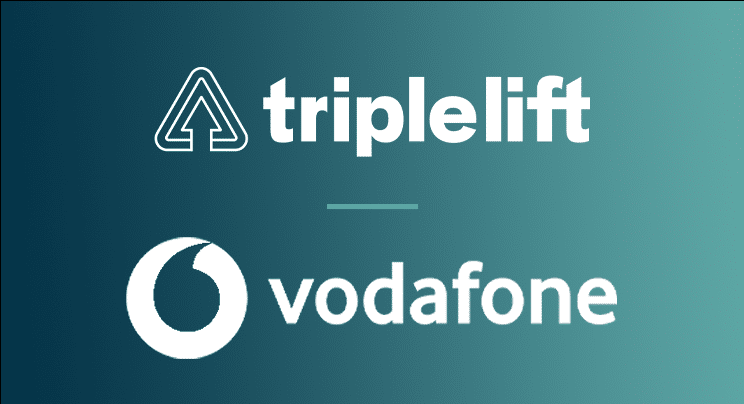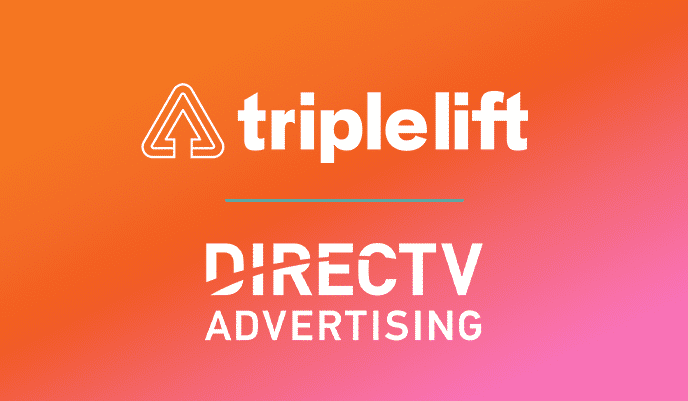Authored by: Alyssa Budke, Field Marketing Manager
In today’s rapidly evolving digital landscape, the importance of Diversity, Equity, and Inclusion (DE&I) in advertising can easily be overlooked. In our latest report, “The State of DE&I Investment in Digital Advertising,” we found the reality of DE&I commitments, which includes how they are defined and what challenges advertisers and publishers are facing. For those committed to making a meaningful impact, this report is both a call to action and a roadmap for the future. Keep reading as we break down our top findings.
Defining & Dictating Commitments
81% of marketers plan to increase their DE&I commitments in the next year, reflecting a growing awareness and commitment within the industry. However, there is still confusion between marketers and publishers when it comes to how these budgets are defined.
Publishers & Marketers Define DE&I Budget Commitments Differently
94% of publishers think that marketers define DE&I commitments by counting any spend with a diverse-owned ad tech company, but only 37% of marketers agreed. We found that 9 in 10 marketers define a commitment to DE&I in digital advertising as prioritizing diverse-owned publishers. Publishers don’t feel that they are the focal point.
Marketers have not made publishers aware that a significant percentage (49%) of their commitments to DE&I in digital advertising at the brand level. Publishers may see DE&I as merely a corporate formality, devaluing its role in digital advertising. Brands and agencies must clearly share responsibility for setting goals and supporting overall corporate DE&I commitments. Marketers must ensure their commitments are transparent and aligned with publisher expectations.
Overcoming Barriers and Driving Innovation
To truly advance DE&I in digital advertising, the industry must address the barriers that diverse-owned publishers face. We found that the top barriers for marketers executing DE&I budgets is brand safety and ad fraud. Ad tech innovations, such as Private Marketplaces (PMPs), can play a pivotal role in alleviating these barriers. PMPs offer a solution by balancing the efficiency of programmatic advertising with the need to maintain the unique voices and perspectives of diverse publishers.
As for publishers looking to monetize their inventory, their main challenges are ad blockers and technological barriers scaling inventory with ad tech partners. The industry must step up to help the success of DE&I in programmatic media. To that end, we’ve partnered with Dentsu to launch a new Publisher Tech Fund initiative. This program is designed to empower and create access for diverse-owned publishers to grow their programmatic capabilities. Learn more about it here.
Standardizing Success Metrics
6 in 10 survey respondents said they would like to see industry standards for DE&I campaigns. The lack of uniformity in how success is defined and tracked makes it difficult to assess an initiative’s success. The top way marketers are tracking success is solely through spend tracking. To see how impactful their DE&I dollars were, they look at engagement and reach. The industry is currently in need of deeper insights to better understand the impact of their campaigns. This will ensure DE&I doesn’t end up as just another line item.
The Future of DE&I in Digital Media
The future of digital advertising depends on our collective commitment to DE&I. Addressing current challenges and embracing innovative solutions, we can create a more inclusive and representative media landscape that benefits everyone. Now is the time for action. So, read our State of the Industry report’s calls to action and seize this opportunity to make a lasting impact.





